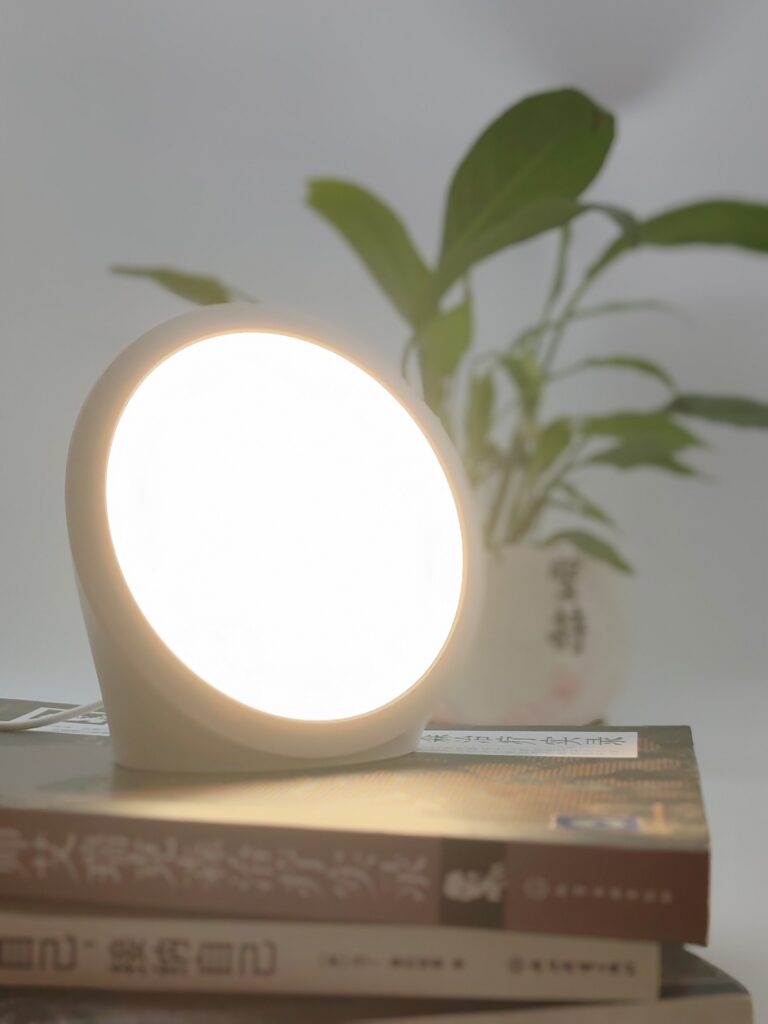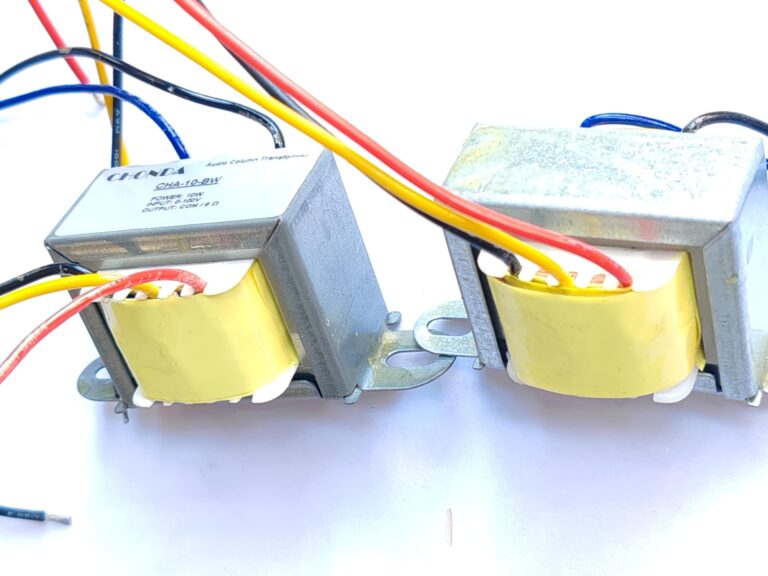We help the world since 2012
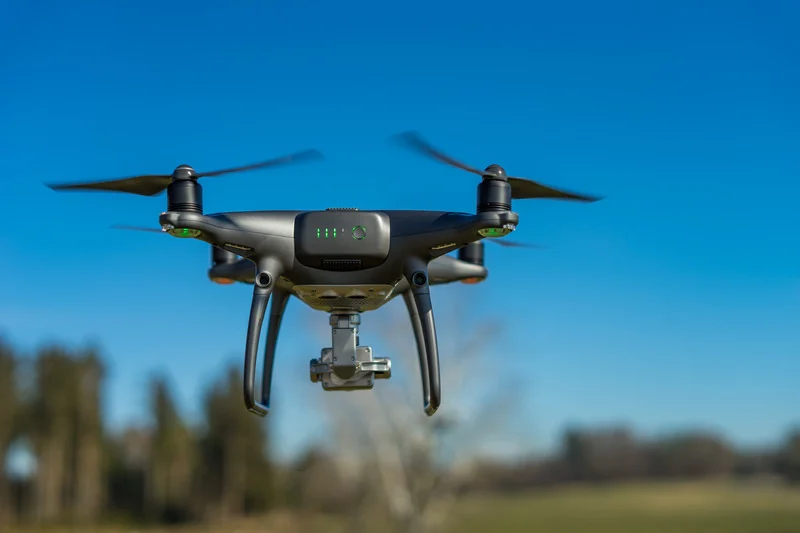
Unmanned Aerial Vehicle (UAV) Power Modules Solutions
What is a UAV?
Unmanned aircraft, or “UAVs” for short, are unmanned aircraft that are operated by radio remote control equipment and self-contained programmed controls, or are operated autonomously, either fully or intermittently, by on-board computers. Compared to manned aircraft, UAVs are often better suited for tasks that are too “dumb, dirty or dangerous”.
Application areas of drones
UAVs can be categorized into military and civilian applications. For military use, drones are categorized as reconnaissance and target aircraft.
On the civil side, UAV+industry application is the real need of UAV;
In the fields of aerial photography, agriculture, plant protection, micro selfie, express transportation, disaster rescue, observation of wild animals, monitoring of infectious diseases, mapping, news reporting, power inspection, disaster relief, film and television shooting, manufacturing romance and so on. Greatly expanding the use of the drone itself, developed countries are also actively expanding the industry application and development of drone technology.
The application fields of drones are wide-ranging, covering both military and civilian aspects.
Military drones are mainly categorized into reconnaissance aircraft and target aircraft, which are mainly used for military reconnaissance and training.
Civilian drones have a huge demand in various industries, especially in the fields of aerial photography, agriculture, plant protection, disaster rescue, logistics and distribution, monitoring of infectious diseases, and power inspection.
For example, in the field of agriculture, drones are used for precision farming, pesticide spraying and other operations, helping farmers to precisely control the amount of fertilizer applied and the operating area. Applications in logistics are also gradually expanding, such as express delivery services, especially in some hard-to-reach areas, and then in the power system, power inspection drones help detect the health of power lines, saving the cost and time of manual inspections.
Drones have played an irreplaceable role as a fast and reliable tool for industrialization, so developed countries are also actively promoting the development of drone technology to cope with more industrial needs.
Drone workflow diagram
Drone workflow has following steps while working.
Mission Planning:
Determine the mission of the drone (e.g. aerial photography, monitoring, transportation, etc.).
Plan flight routes and targets.
Preparation:
Check the drone’s hardware (batteries, sensors, camera, etc.).
Ensure that the software (flight control system, navigation system, etc.) has been properly configured.
Takeoff:
Place the drone in a safe takeoff area.
Start the drone and perform the takeoff procedure.
Flight:
The drone flies according to the preset flight path.
The flight status (e.g. altitude, speed, position, etc.) can be monitored in real time during the flight.
Data Acquisition:
Data acquisition (e.g., taking photos, recording videos, sensor data, etc.) is performed according to mission requirements.
Return:
After completing the mission, the UAV returns to the starting position according to the set route.
Manual return or automatic return can be selected.
Landing:
Perform landing in a safe area.
Stop the drone.
Data Processing:
Process and analyze the collected data.
Generate reports or other outputs.
Maintenance and Inspection:
After completing the flight, perform maintenance and inspection of the drone to ensure it is in good condition before the next use.
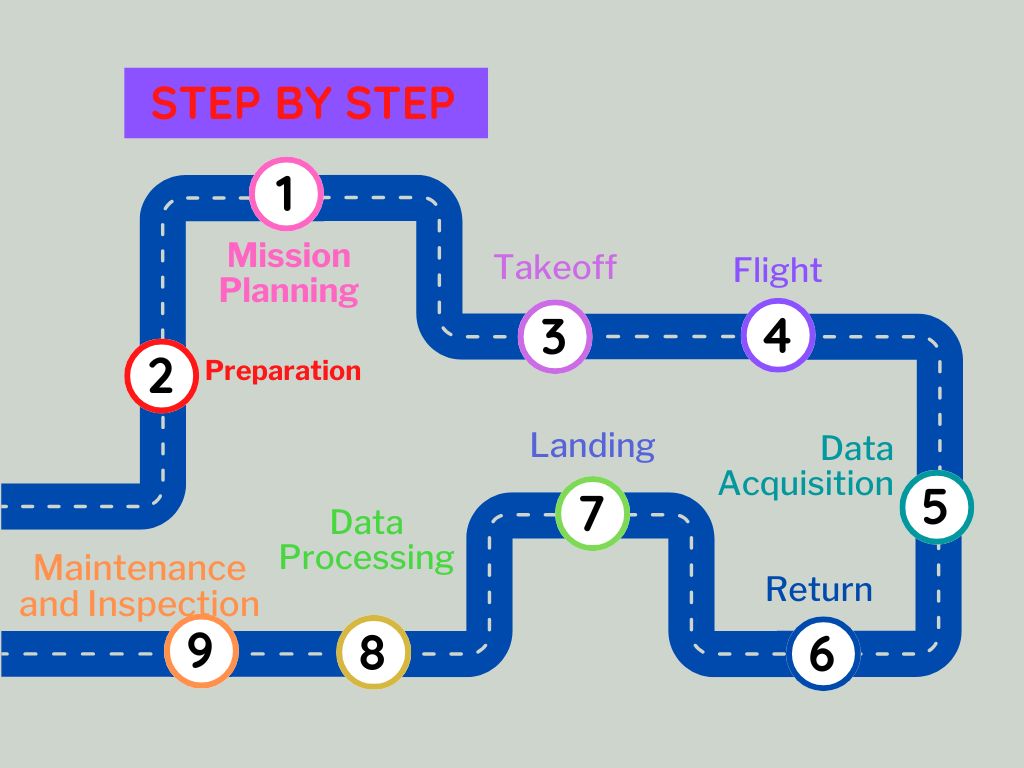
We can see that the drone needs the above 9 steps to safely and stably complete the intended operation, in order to make the drone continuously and stably maintain high quality service, in addition to the drone components to be of high quality, a high performance built-in power module is essential. A high-performance built-in power module is indispensable.
The Importance of UAV Power Modules
We know that most of the drone operations are done in the sky, what equipment allows the drone to operate at high altitude stably and continuously? The answer is the drone power module. The drone power module is similar to the “heart” of the drone, and the following is its significant role.
UAV Power Modules Could Increase drone endurance
The endurance of a drone is an important indicator for evaluating its performance. An efficient power module can extend the flight time of a drone by converting power efficiently and improving overall efficiency. For example, high-efficiency power modules for drones that use advanced technology can provide more stable power output while reducing energy loss.
As a result, drones can achieve longer flight times when performing tasks, whether filming, monitoring or transporting, to meet the needs of various applications.
Reducing total equipment weight
In UAV design, weight reduction is one of the key factors in improving flight performance. Lightweight power modules are designed with an emphasis on material selection and structural optimization, resulting in a significant reduction in overall weight.
For example, many new lightweight power modules reduce unnecessary volume and weight by using higher power density designs. Such modules not only enhance the maneuverability of the UAV, but also leave room for the installation of additional equipment, such as high-definition cameras or sensors, further broadening the application areas of the UAV.
As we understand the important role of UAV power module in drone operations, what are the three factors that affect the core of a modular power supply inside? The answer is power density, efficiency and heat dissipation performance. The power density, efficiency and heat dissipation performance of the power module are three key factors that affect the flight performance and mission execution capability of the UAV.
Impact of power density, efficiency and thermal performance
Power Density: A power module with high power density can provide greater power output in a relatively small volume, which is directly related to the power system of the UAV. Under the premise of ensuring range and load, designers can integrate more devices into the UAV, thus enhancing its functionality and application flexibility.
Efficiency: The higher the conversion efficiency of the power module, the lower the energy loss and the better the range. An effective energy management system ensures that the UAV maintains stable performance over long periods of operation, especially when carrying out complex missions, such as long-duration aerial reconnaissance or wide-area environmental monitoring.
Heat dissipation: Good heat dissipation ensures that the power module remains stable under high load conditions and avoids performance degradation due to overheating. Efficient heat dissipation design not only prolongs the service life of the equipment, but also enhances the UAV’s operational capability in high temperature environments.
Recommended High-Efficiency UAV Power Modules and Products
When choosing power modules for UAVs, light weight and high efficiency are key factors in enhancing flight performance. According to the feedback from several customers, the high efficiency and stability of the 50-150W light weight power modules makes the UAV perform better in complex missions and improves the overall operational efficiency.
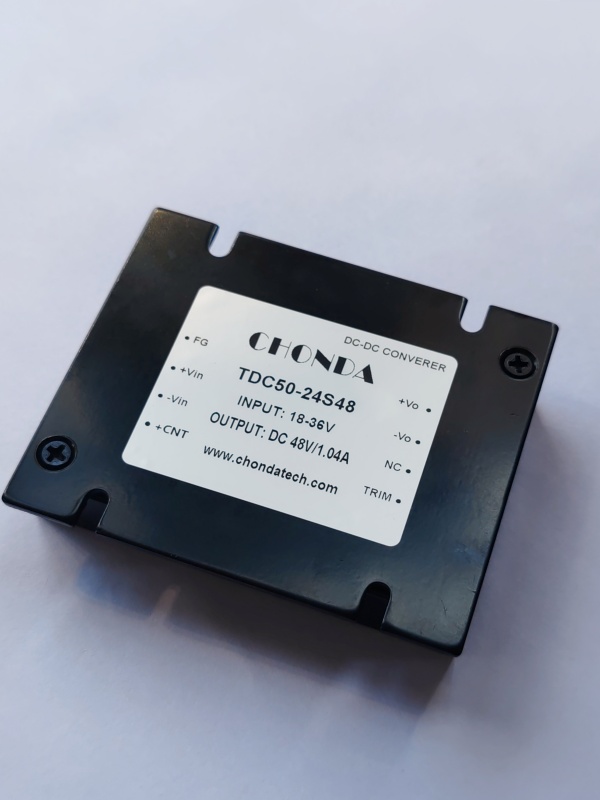
The reason why we recommend this product is that TDC series products have long life, high shock resistance and make customers feel safe and reliable. The specific performance is as follows:
Long life: CHONDA’s UAV power modules undergo rigorous testing and screening to ensure that they can still maintain high performance over a long period of time, reducing maintenance costs.
Anti-vibration performance: In response to the bumps and vibrations that UAVs may encounter during flight, our power modules are equipped with a superior anti-vibration design to ensure that they still work reliably in harsh environments.
Reliability: All modules undergo rigorous quality testing to ensure stable performance in UAVs and meet the demands of various high-load applications.
With these lightweight and efficient power modules, our products are able to provide excellent range and efficient energy management for different types of UAVs. This not only enhances the overall performance of the UAV, but also ensures its reliability and durability in multiple mission environments.
The above are the solutions and applications of CHONDA’s high-efficiency modular power supply for UAVs, and more application cases will be shown in other blog posts, thank you for your attention.
CHONDA TECHNOLOGY wishes you a happy life!


